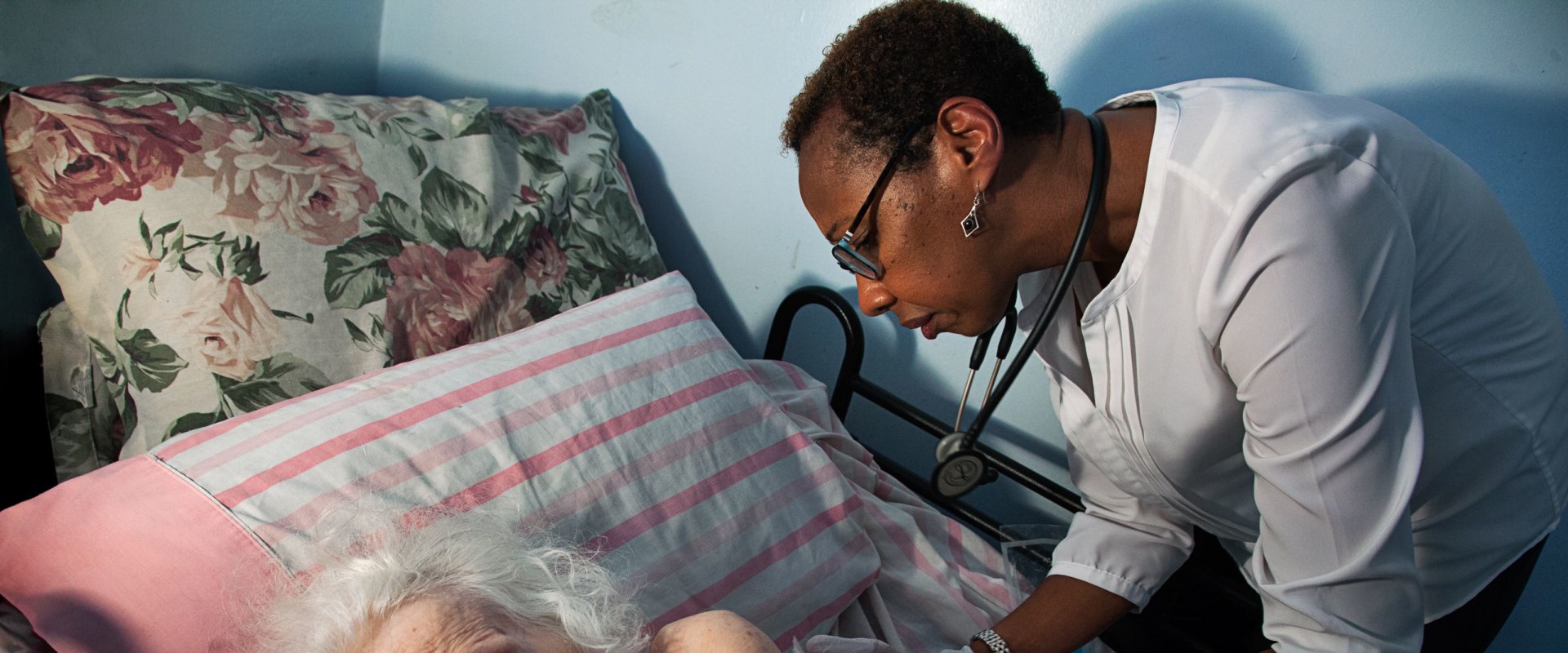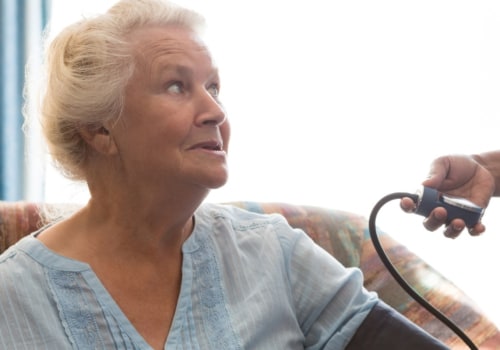Many people wonder whether choosing hospice care means losing hope or whether it means they choose death. In fact, this is not what hospice means at all. To be eligible for hospice, a doctor certifies that the patient cannot live longer than 6 months. Hospice is for people who have a limited life expectancy.
Hospice is for patients whose condition is such that a doctor would not be surprised if the patient died within the next six months. This does not mean that the patient will die within the next six months; it simply means that they have a condition that makes dying a realistic possibility. On the other hand, palliative care offers somewhat similar services, but for patients who won't necessarily die in the next six months. Learn about the differences between hospice and palliative care.
If your treatment no longer works and you run out of treatment options, you may want to ask your doctor or a member of your cancer care team about hospice. Hospice staff can teach them how to care for the dying person at home, administering medications, operating equipment, and coordinating services. To educate the public about hospice, the American Hospice Foundation works with strategic messengers such as employee assistance professionals, teachers, school psychologists, and pastoral counselors. The hospice team can refer family and friends who provide care to other medical or professional care if needed.
Hospice is provided to a terminally ill person whose doctor believes he or she has six months to live or less if the illness runs its natural course. Often, patients come to hospice because they are anxious or depressed, or because they feel spiritually distressed because of their medical condition. To fulfill its mission, the Foundation conducts public education campaigns and encourages research that benefits hospice consumers. If the patient has Medicare and meets the requirements for hospice eligibility, the government will pay up to 100% of the cost.
This improved quality of life that a patient receives while in palliative care allows them to spend more time with the people they love and gives the patient and their family the opportunity to express all the things they need to say as they spend this time together. It is also responsible for the federal government's poor performance in educating the public about the Medicare hospice program instituted in 1983. Most patients and families receiving hospice care say they wish they'd known sooner because they needed help much earlier. Hospice programs are great for older people in advanced stages of non-curable, very fragile, or extremely elderly illnesses. For patients receiving care at home, some hospice services offer respite care to allow friends and family to move away from caregiving.
Choosing a hospice means focusing on living as fully and comfortably as possible for the time you have left.












